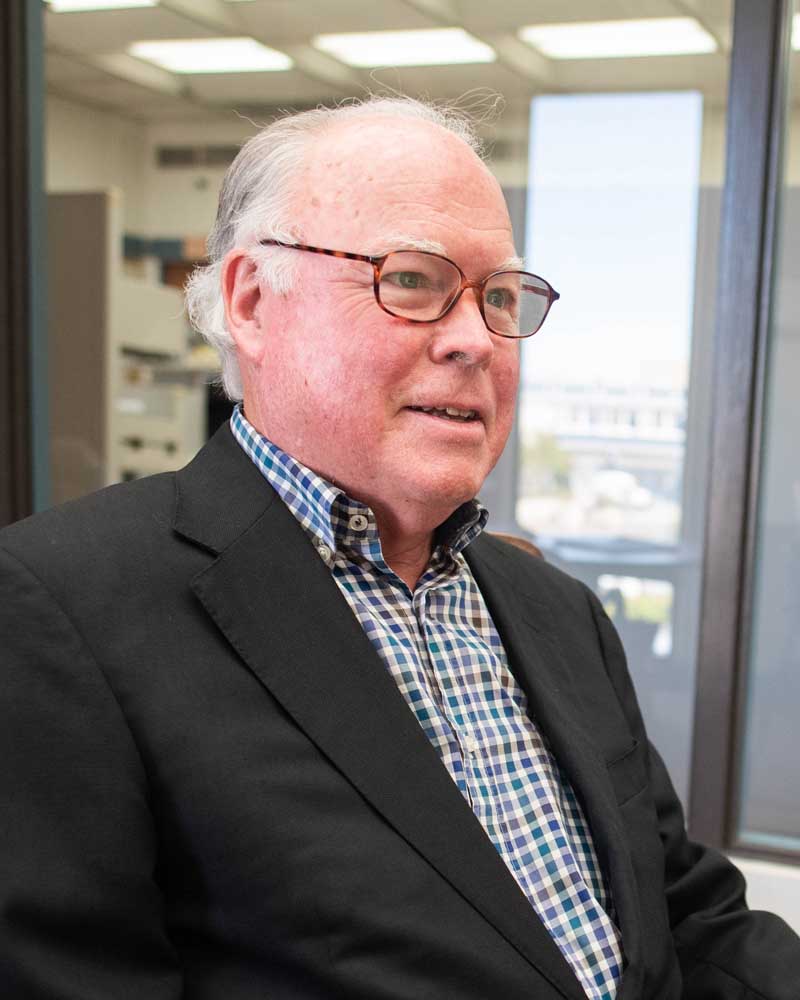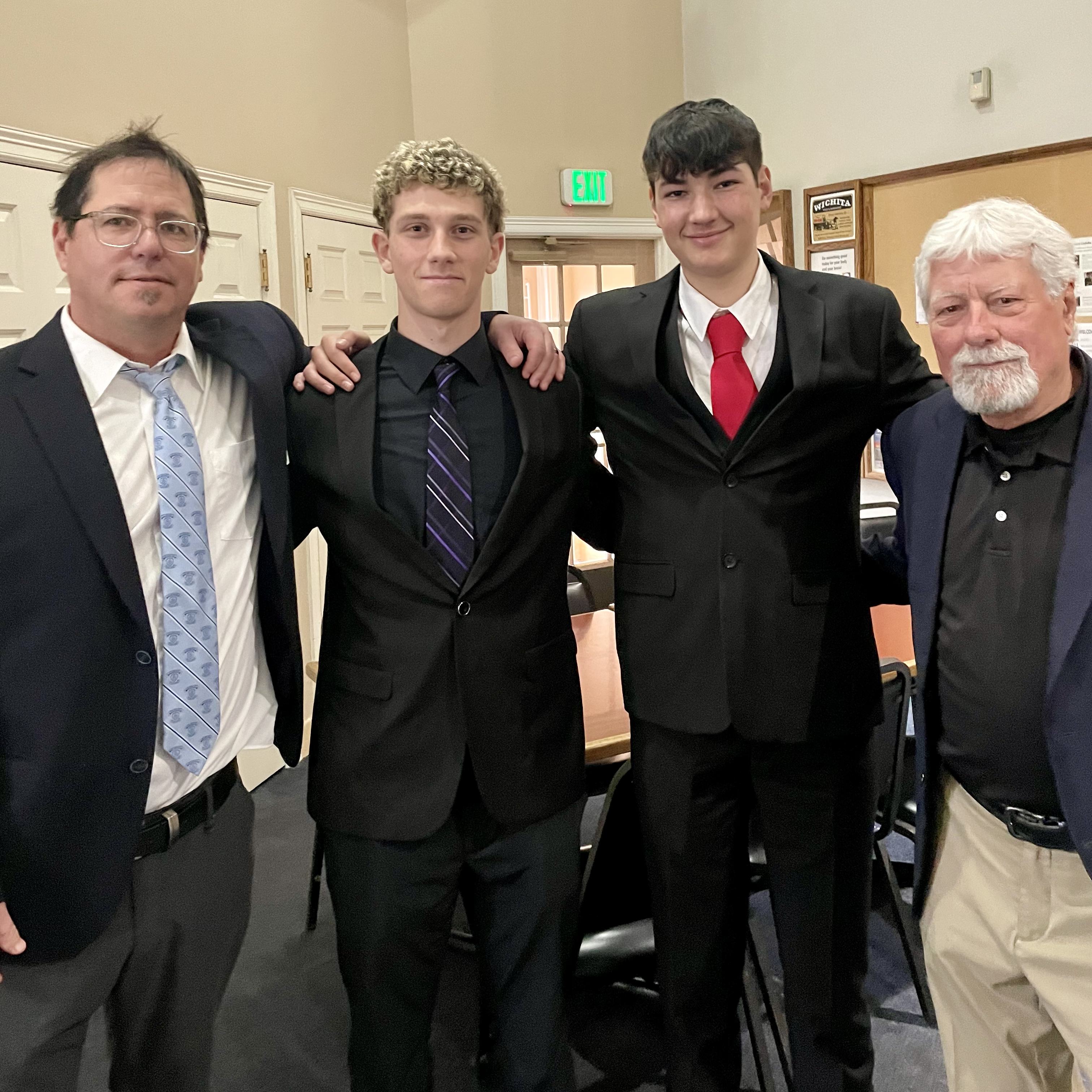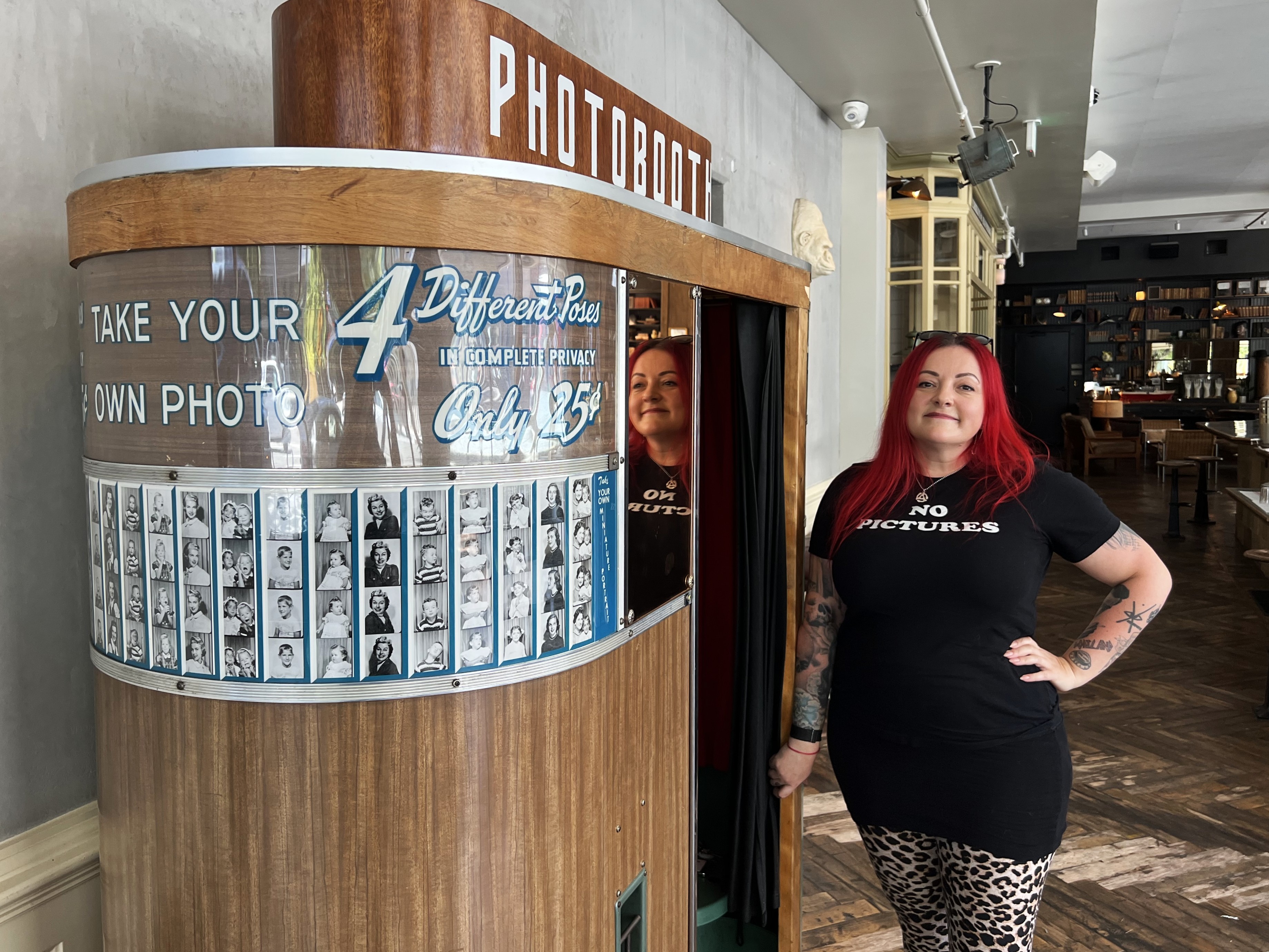Writer’s Notebook: Harvey made preservation an Astoria value
Published 12:30 am Saturday, July 11, 2020

- Steve Forrester
Edward Harvey was the godfather of historic preservation in Astoria.
Trending
In 1940, Harvey became director of the new Oregon State University Seafood Laboratory in Astoria. Some 20 years later, he became a historic preservation enthusiast, and Astoria was his proving ground.
In the 1960s, Harvey took it upon himself to mark Astoria homes that were deemed to be historic — by dint of their architecture and the history of their occupants. I became aware of Dr. Harvey through my mother, who was amused at this academic’s chutzpah in making dedicatory speeches in front of Astoria’s homes and presenting their owners with medallions.
Historic preservation entered the American consciousness in 1975, when Jacqueline Kennedy launched her campaign to save Grand Central Station. Portland gained its first iconic preservation cause in 1969 when Lannie Hurst led a campaign to save a carpenter Gothic Presbyterian church that would be known as The Old Church.
Trending
To Astoria’s great benefit, historic preservation has become one of the town’s values. Tangible awareness of preservation’s importance in our economic and civic life appears annually in the Astoria City Council’s presentation of the Dr. Edward Harvey Awards. This year’s honorees are an eye-opening reminder of how much labor and investment goes into restoring a historic residence or commercial building.
The award to Marcus and Michelle Liotta for restoring the Mary & Nellie Flavel Building at Ninth and Commercial streets could have been titled the Can-You-Believe-It award. For decades the two Flavel buildings — flanking Commercial Street between Ninth and Tenth – have been a curse on Astoria’s downtown.
The Liottas have put $1 million into this preservation. Their success at filling the building with tenants makes the economic point about historic preservation. The same thing occurred when the Liberty Theatre building was purchased — with the city’s financial support — in 2000. Rising from its status as a dead zone, the building once again gained tenants.
Residential restorations are a special labor of love, and none more so than what Curt and Rosemary Johnson have accomplished with their 1880 Italianate home on 15th Street. For those of us who informally track the progress of restoration projects, the couple’s labors became epic, beginning in 1992. The exterior painting took six years. It involved burning off layers of paint, oiling the wood and painting.
While some loans were involved, the Johnsons’ financed their work “paycheck to paycheck,” Rosemary said.
When I asked Rosemary if she would do it again, she answered: “I think I’d be more cautious on what I purchased. We anticipated a lot of work. But when we got into the house and started tearing things apart, we found there was a lot of more work than we had imagined. It’s taken up 28 years of our lives. It did not take over our lives. We had fun with our lives.”
Every old Astoria church is a preservation challenge. The First Presbyterian Church’s renewal has been a high visibility, heartening victory. It won the Civic Institutions category.
State Sen. Betsy Johnson has said that the rebirth of Astoria’s downtown was sparked by restoration of the Liberty Theatre. That was followed by other restorations such as the Hotel Elliott, the Fisher Brothers Building, the Judge Guy Boyington Building and many others. The amount of residential restoration and renewal has also been considerable.
As the Liberty Theatre opened, the spirit of historic preservation crossed the Columbia River to Chinook, where Eileen Wirkkala led a group that restored the Chinook School and gymnasium.
While preservation is a boost to the local economy, it also carries an emotional value, which Jacqueline Kennedy captured in her appeal to save Grand Central Station. Wrote Kennedy: “Is it not cruel to let our city die by degrees, stripped of all her proud monuments, until there will be nothing left of all her history and beauty to inspire our children. If they are not inspired by the past of our city, where will they find the strength to fight for her future?”









